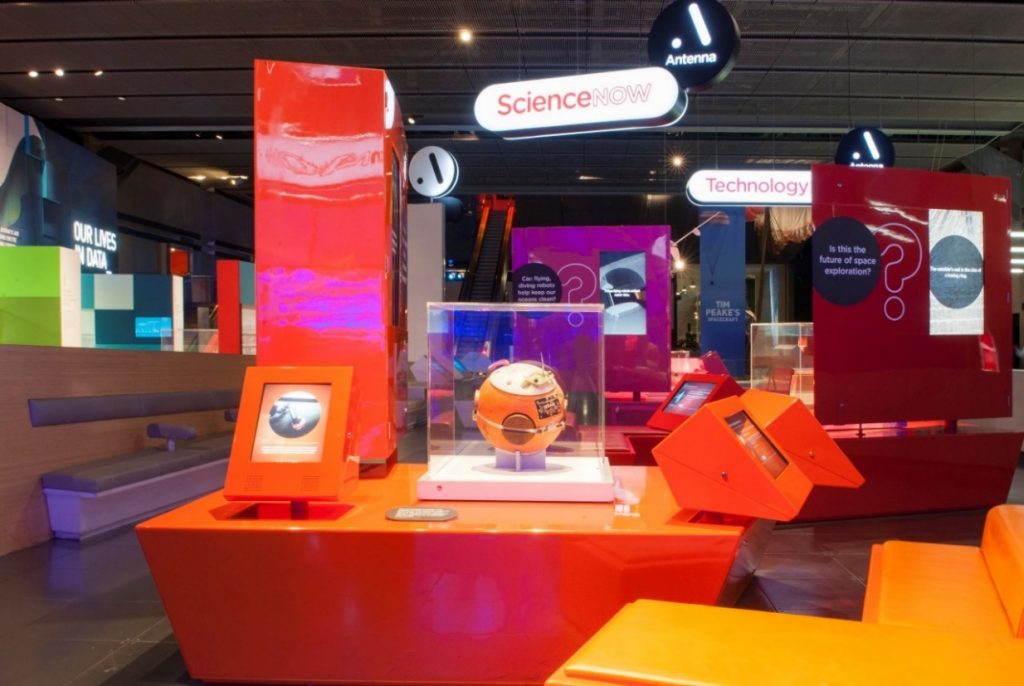In a time of GPS, Wi-Fi and Bluetooth, the fact that 95% of our digital communication is still delivered via water-tight transatlantic cables lying on the sea bed somehow seems primitive. Laying a telegraph cable some 1,000 miles long from the UK to the US coast in the 1850s was certainly no easy feat, but it’s safe to say this incredible act changed our world and deserves its prime place in our ‘Information Age‘ gallery. Messages that would have taken 10 days to be delivered by ship, now took a matter of minutes and opened up a faster way of living, working and trading.
These days, cable systems rely on fibre optic rather than telegraphic technology and largely won the fight for communication over satellites due to their lower cost and high transfer speeds. But where satellites have the risk of flying space debris, the seabed comes with its own dangers… underwater avalanches. Thought to be caused largely by earthquakes, recent research reveals that underwater avalanches can transport ten times more sediment than all of the world’s rivers combined, and if our precious cables were to be in an avalanche’s path that’d likely be the end of our digital lifeline, along with important economic and defence information too.
“The biggest underwater avalanche on record is the Grand Banks earthquake (1929), off the coast of Canada. The avalanche broke every cable from the UK to the USA. What’s the risk now? It’s hard to predict. We have far more cables carrying more data than ever.
The global economy relies on uninterrupted usage of a network of telecoms cables on the seafloor. Losing cables would mean we’d lose bandwidth, lose access to financial markets, planes could be grounded for days because airlines can’t do security clearances. The risk is credible and real.”
Dr Mike Clare, National Oceanography Centre
With so much at stake and an ever more unstable climate surrounding us, research into this field is critical. That’s why we’re so excited to have the ‘smart boulder’ from MBARI currently on display in our ‘Antenna‘ gallery. It’s the first device created that’s able to withstand the violent forces exerted by underwater avalanches long enough to return useful data to scientists.

The ‘smart boulder’ is the result of an ongoing collaboration between US, Chinese and UK researchers. The boulder spends many months at the bottom of the sea recording data and sending information about where it is and how it’s moving when it gets caught in avalanches.
“The smart boulder is a game changer. For the first time we can understand both the density and the speed of the avalanche. No other equipment can survive at the bottom of the flow – where the most damage will be done to cables. We learn every time there’s an underwater avalanche, and we tell companies how to protect themselves.”
Dr Mike Clare, National Oceanography Centre

The Smart Boulder will be on display in our interactive Antenna gallery until mid-August 2017.
Other reads: Guardian article ‘Coils and cables: Science Museum opens information age gallery’ (2014)
Video credits:
Information Age: The cable that changed our world – Science Museum
Caught in an Underwater Avalanche | Expedition Raw – National Geographic